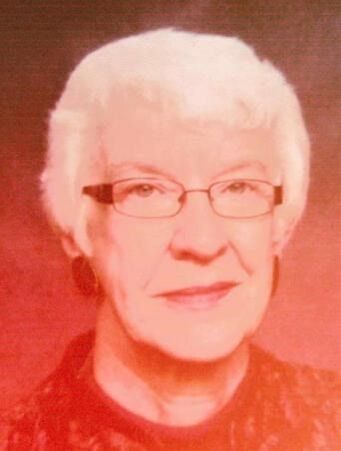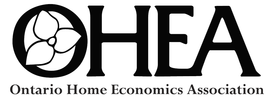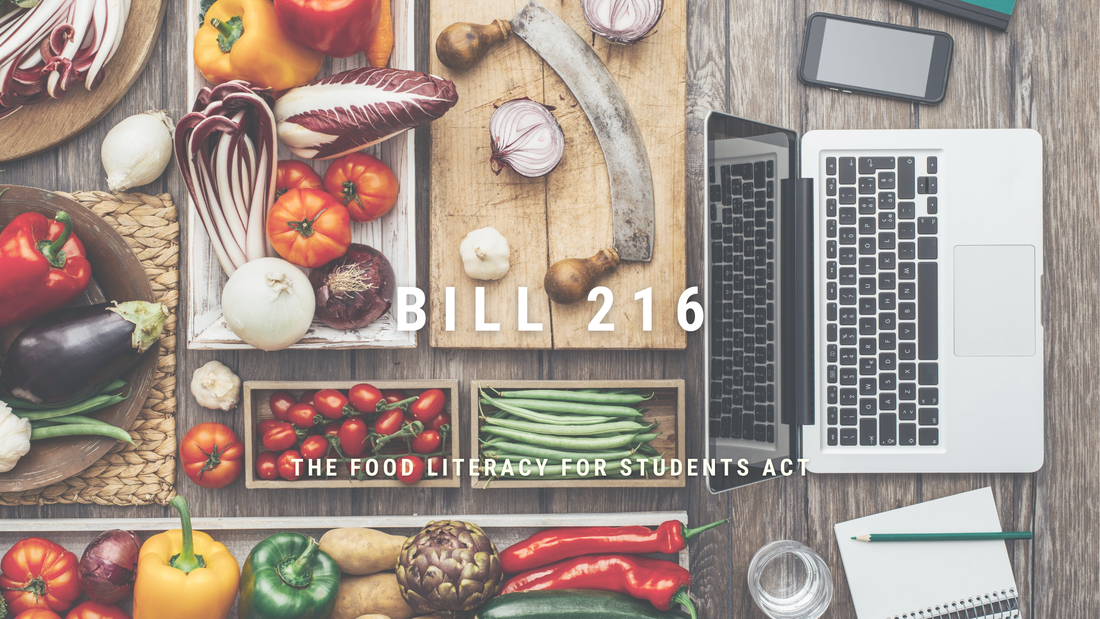|
The Private Member’s Bill 216 was introduced by Daryl Kramp, MPP for Hastings, Lennox & Addington in October 2020.
https://www.ola.org/en/legislative-business/bills/parliament-42/session-1/bill-216 Bill 216 passed the first two readings easily and was awaiting its final reading when the September 2021 Federal election was called. All incomplete Bills were postponed when the Ontario government was prorogued for the Federal election. Covid and Mr. Kramp’s personal illness may have added to the delay of Bill 216. To prorogue is “to: discontinue a session of (a parliament or other legislative assembly) without dissolving it.” Merriam-Webster Dictionary We are told that the Bill is expected to be re-introduced to the Legislature in the Spring of 2022 and, as is the custom, will likely be given a new number. Mr. Kramp’s goal is to get Bill 216 though the legislature by April, 2022. In a January 2022 update, Mr. Kramp states, “Bill 216 will create a larger role in the curriculum for Ontario students to learn tips about healthy eating, cooking and purchasing habits. Stake holders and organizations such as the Canadian Cancer Society, Heart and Stroke Foundation and Canadian Diabetes Association are firmly backing this idea.” https://inquinte.ca/story/look-ahead-hla-mpp-daryl-kramp To date, OHEA has written three letters in support for Bill 216:
https://cns-scn.ca/education-portal/view/food-literacy-a-competency-progression-framework-for-children-youth Curriculum content and who will be teaching food skills and nutrition are concerns for OHEA. The OHEA Board advocates for fully qualified teachers certified as Family Studies Educators to ensure consistent, accurate nutrition information. When and if more letters to MPP’s are requested, OHEA will contact its members to help support the Bill. Waiting for correct timing and a newly assigned Bill number should better help to direct your letters in the right direction. Thank you to OHEA members for their continued interest and support. Mary Carver, P.HEc.
1 Comment
 It is with great sadness that the family of Shirley N. Jones announce her peaceful passing on December 21, 2021, in her 82nd year. Shirley was born and grew up in the Beaches area of Toronto, the eldest of 3 sisters. She is survived by sisters Barbara Taylor (Anthony) and Mary Grant, nephew Douglas Shields, and nieces Karen Taylor Smith (Michael), Kimberley, and Cara Bostwick (Andrew). Shirley graduated from the University of Guelph in 1962, and also earned two Master's degrees in Education. She taught Family Studies in Sydenham, Oshawa, and Mississauga. She was a member of the Canadian Home Economics Association and a representative of Canada to the International Federation of Home Economists. Upon retiring in 1996, Shirley moved to Lake Valley Grove, near Forest, ON. She became very involved in a large number of activities in Forest and had many friends and acquaintances there. She was an avid traveller and an enthusiastic photographer. Shirley moved to Burlington in 2016, when symptoms of Alzheimer's disease made it unsafe for her to live on her own. We want to thank the staff members of LaSalle Park Retirement Residence, Chartwell Lakeshore Retirement Residence, and Creek Way Village for their caring support to Shirley throughout her journey with Alzheimer's. Memorial services for Shirley will be held at a later date. Memorial donations to the Alzheimer Society, the United Church of Canada Mission and Service Fund, Community Living Burlington, or to the charity of your choice would be welcome. Condolences, memories and photos may be left here. For more information, view Donna's obituaries at Circle of Life, and Legacy. Anyone who wishes to remember Shirley may make a donation to the Canadian Home Economics Foundation. The CHEF mailing address is: PO Box 2582 Stn. Main, Winnipeg, MB R3C 4B3. The CHEFoundation is the sole remaining national connection for home economists in Canada. Support provided to it enables grants for a variety of programs and projects which
improve the quality of life for families and individuals in Canada. These funds help home economists to carry out home economics research, develop educational tools, conduct public service projects plus support for post-secondary education related to the home economics profession. Please consider donations to the Foundation any time you wish to remember a home economist. To learn more about the Foundation visit the website at www.chef-fcef.ca Aging is part of life and eventually life gets more challenging as we grow older. Aging not only affects the individual but the care giving family as well. Due to the rise in technology, we are seeing people live longer and at the same time experiencing a higher prevalence of chronic illness. Statistics Canada states that 8 million Canadians aged 15 and above have provided care for a family member or friend with a chronic health illness linked with aging (Statistics Canada, 2015). This connection releases hormones that improve mood, diminish stress, supports physical and emotional wellbeing for the aging (Smith et al., 2021). This early care giving relationship allows those cared for to feel part of the family and can be the least invasive situation for the care giving family allowing both to continue to thrive. At some point in time the individuals will need more assistance beyond the family’s capabilities and then the topic of burden of care may arise. This describes the physical, emotional, social and financial issues caregivers cope with everyday (O’Neill & Ross., 1991). Prolonged care giving periods can create consequences for the caregivers such as anxiety and depression which can lead to being more prone to illness due to a weakened immune system, obesity and other chronic illnesses (Womenshealth, 2015). Ask yourself what’s best for them? After all that’s the goal, right? This brings us to another stage in our lives, palliative. Palliative care improves wellbeing and aides in resilience of seriously ill patients as well as their families. This type of care brings in professionals from multiple disciplines such as physicians, personal support workers and chaplains for example (Shmerling, 2019). This type of care is personalized to the individual’s needs. This area improves quality of life in patients and their families, physical distress, discomfort and can help them live longer. Another area of palliative care is how to approach nutrition. The nutritional goal for palliative individuals is different than someone in the general population. These individuals experience higher amounts of fatigue and a sporadic appetite. They are battling a chronic illness which greatly diminishes their energy stores. Food options that are high in protein and calories will benefit the palliative care individual. Depending on the severity of the disease they could require the same amount of protein an endurance athlete consumes or more. Allow the individual to pick their favorite foods, desserts, or comfort foods, anything to get them to eat. In saying that, it’s important to still eat a variety of food to avoid deficiencies which could affect nerves and muscle and cause future complications (Government of South Australia, 2012). The goal is to ensure their last few weeks, months or even years are filled with happiness and social support. You may not feel like a superhero but that’s exactly how your loved one views you. Remember, take care of them and yourself. References: Government of South Australia. (2012). Diet and Nutrition in Palliative Care. Adelaide Hills Community Health Service. Retrieved from https://www.caresearch.com.au/Portals/20/Documents/Diet-And-Nutrition-Palliative-Care_AdlHillsCommHlthServ.pdf. O'Neill, G., & Ross, M. M. (1991). Burden of care: an important concept for nurses. Health care for women international, 12(1), 111–121. https://doi.org/10.1080/07399339109515931 Shmerling, R. (2019, November 12). What is palliative care, and who can benefit from it? Harvard Health. Retrieved from https://www.health.harvard.edu/blog/what-is-palliative-care-and-who-can-benefit-from-it-2019111118186. Smith, M., Segal, J., & Robinson, L. (2021, July 20). Family caregiving. HelpGuide.org. Retrieved from https://www.helpguide.org/articles/parenting-family/family-caregiving.htm#. Statistics Canada. (2015, November 27). Family caregiving: What are the consequences? Government of Canada, Statistics Canada. Retrieved from https://www150.statcan.gc.ca/n1/pub/75-006-x/2013001/article/11858-eng.htm. Womens Health. (2015). Caregiver stress . Office on Women's Health. Retrieved from https://www.womenshealth.gov/a-z-topics/caregiver-stress.
|
The Ontario Home Economics Association, a self-regulating body of professional Home Economists, promotes high professional standards among its members so that they may assist families and individuals to achieve and maintain a desirable quality of life. Categories
All
Archives
April 2024
|
|
Subscribe to our mailing list
|
|
Unsubscribe from our mailing list
|
Copyright © 2023 Ontario Home Economics Association (OHEA). All Rights Reserved.





 RSS Feed
RSS Feed